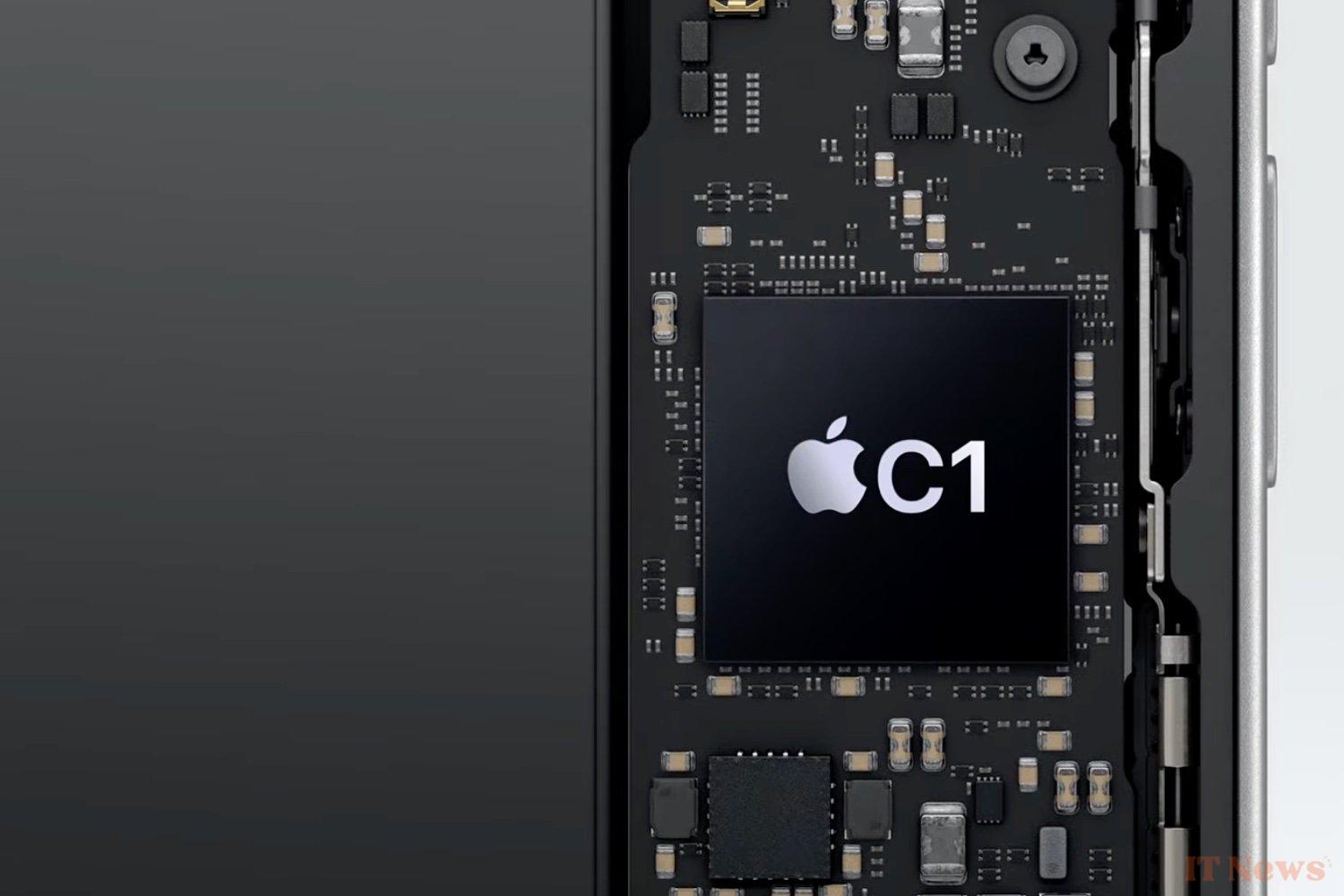Apple has been developing a cellular chip for years. In 2019, the manufacturer signed a check for $1 billion to acquire Intel's modem business. Designing such silicon is a feat of strength, even for a behemoth like Apple. It is necessary to ensure compatibility with all networks (3G, 4G, 5G, etc.) on all operators around the world, to ensure that the chip consumes the minimum possible energy without heating too much, that the specific absorption rate (SAR) is contained — this was a problem for the iPhone 12 —, and above all that the performance is there.
Cutting the cord with Qualcomm
The iPhone 16e is the first to integrate the C1 chip. We'll see what the performance will be like (01lab is already on the case!), but we can already predict without too much error that Apple has ambition for this new chip. Of course, the Apple company has done everything possible to avoid talking about it too much in its communication. The C1 barely gets three and a half lines in the press release!
We still learn that the C1 is "the most energy efficient of iPhone modems", that 5G connectivity is "fast and reliable", and that its integration into the system-on-chip allows for energy savings. After years of sweat and investment, Apple has a modest triumph! But the manufacturer is also walking on eggshells: the Qualcomm modems used in other iPhones are extremely efficient and effective.
It's hard to compete tooth and nail with the specialist in the genre, which is perhaps also why the Apple company is launching the C1 in an iPhone model that's a little bit different from the range. If the chip doesn't live up to expectations or if it has serious bugs once the iPhone 16 is on the market, it will obviously be a big problem... but less so than if the C1 had been launched in a much more popular iPhone.
Apple can always go back to work and rely on its partner for the iPhone 17. However, we can assume that the company has put all the chances on its side. The roadmap for the C1 and the next developments looks set to be quite busy. The rumor mill has already mentioned an iPhone 17 Air with the in-house modem.
A second generation (C2, no doubt) is already in development, this time to equip the iPhone 18 and 18 Pro next year, then all iPads in 2027. In the meantime, it's Qualcomm who must be trembling. Apple is a big customer, and even if the C1 is not as efficient, it is a first step towards the end of the computer manufacturer's orders.



0 Comments